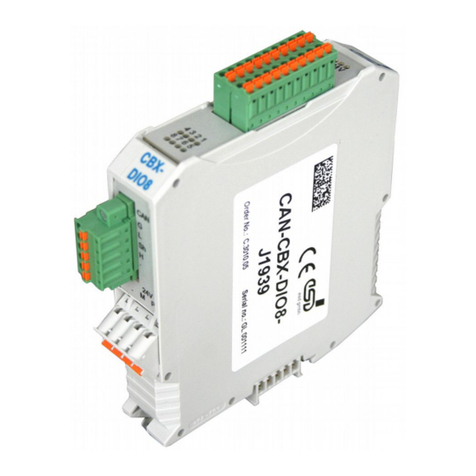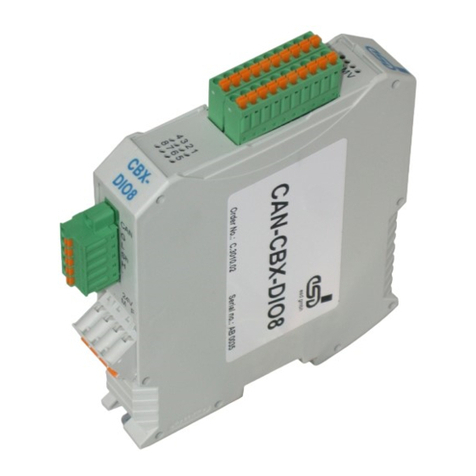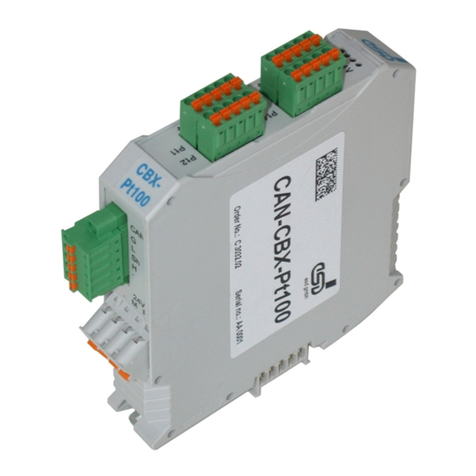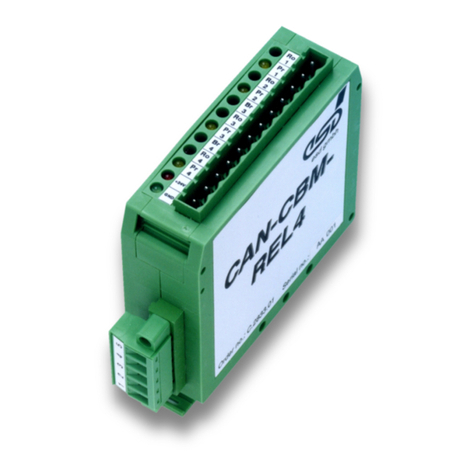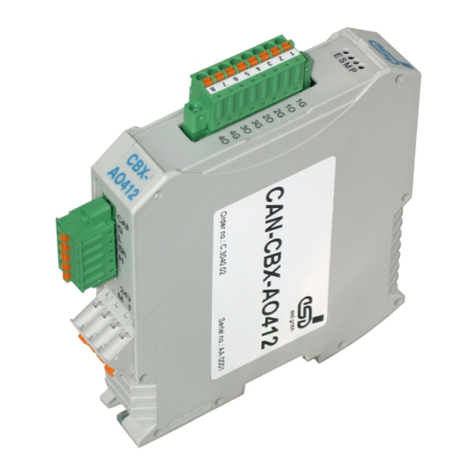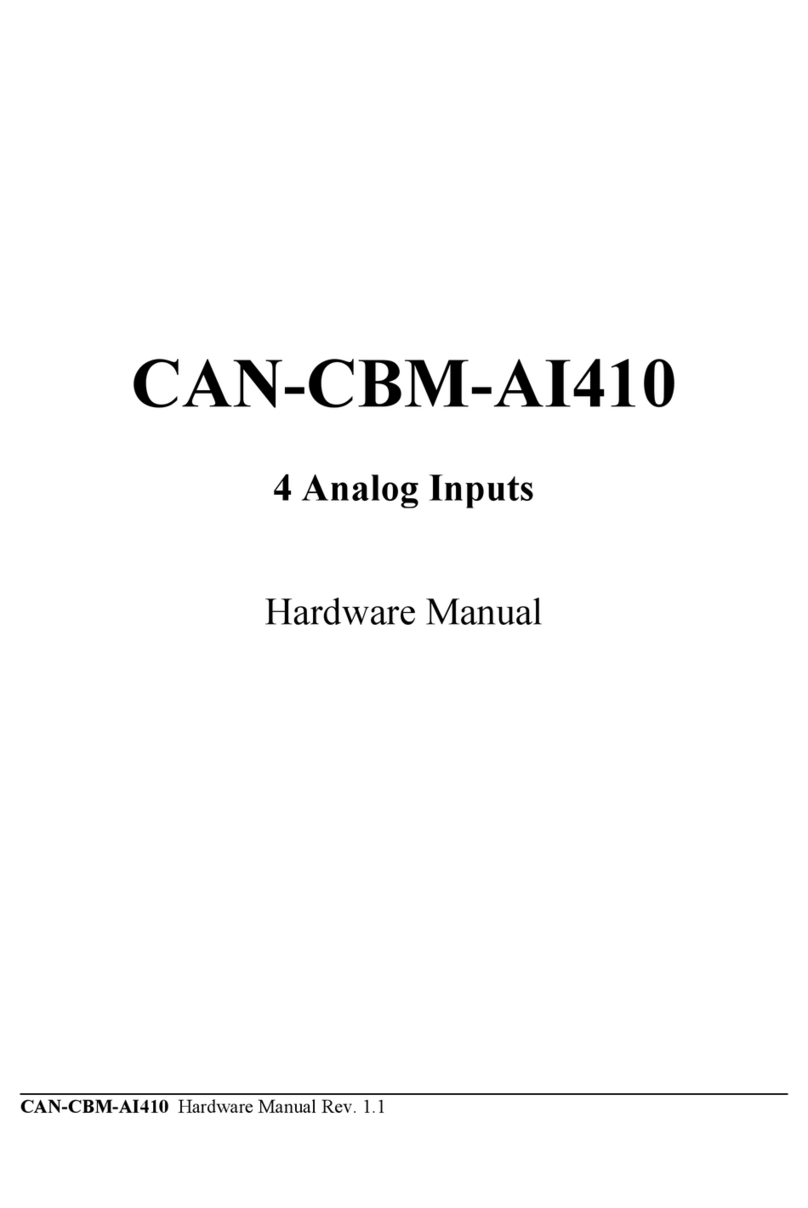Table of contents
. Overview......................................................................................................................................7
2. Case View with LED and Connector Description..........................................................................8
2. LED-Displays.........................................................................................................................9
3. Hardware Installation ................................................................................................................. 0
4. Technical Data...........................................................................................................................
4. General Technical Data.......................................................................................................
4.2 USB-Interface and Microcontroller.......................................................................................
4.3 CAN Interface...................................................................................................................... 2
4.4 Serial Interface..................................................................................................................... 2
4.5 Software Support................................................................................................................. 2
5. Connector Assignments............................................................................................................. 3
5. CAN Interface at DSUB9 Connector.................................................................................... 3
5.2 USB Socket......................................................................................................................... 4
6. Correctly Wiring Electrically Isolated CAN Networks.................................................................. 5
6. Light Industrial Environment (Single Twisted Pair Cable)..................................................... 5
6. . General Rules............................................................................................................. 5
6. .2 Cabling........................................................................................................................ 6
6. .3 Termination................................................................................................................. 6
6.2 Heavy Industrial Environment (Double Twisted Pair Cable)................................................. 7
6.2. General Rules............................................................................................................. 7
6.2.2 Device Cabling............................................................................................................ 8
6.2.3 Termination................................................................................................................. 8
6.3 Electrical Grounding............................................................................................................. 9
6.4 Bus Length........................................................................................................................... 9
6.5 Examples for CAN Cables...................................................................................................20
6.5. Cable for Light Industrial Environment Applications (Two-Wire)..................................20
6.5.2 Cable for Heavy Industrial Environment Applications (Four-Wire)...............................20
7. CAN Troubleshooting Guide.......................................................................................................2
7. Termination..........................................................................................................................2
7.2 Electrical Grounding.............................................................................................................22
7.3 Short Circuit in CAN Wiring..................................................................................................22
7.4 CAN_H/CAN_L-Voltage ......................................................................................................22
7.5 CAN Transceiver Resistance Test ......................................................................................23
8. Declaration of Conformity...........................................................................................................24
9. Order Information.......................................................................................................................25
CAN-USB/2 Hardware Manual • Doc. No.: C.2066.2 / Rev. .4 Page 5 of 25













